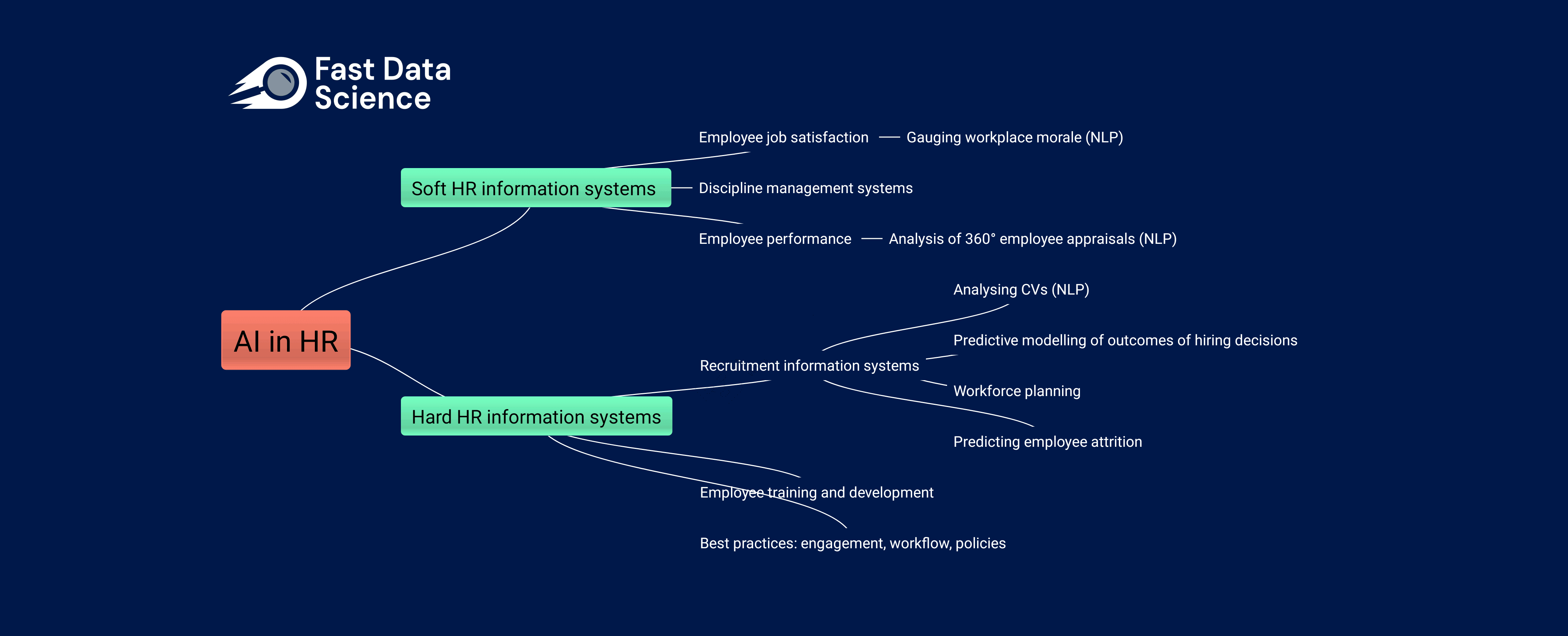
AI in business and industry Artificial intelligence (AI) is a hot topic in business, but many companies are unsure how to leverage it effectively. I will discuss some practical applications of AI, focusing on areas where it can deliver real impact.

What is NLP in business environments? Natural language processing (NLP) is a branch of AI (Artificial Intelligence), empowering computers to not just understand but also process and generate language in the same way that humans do. A prime example is how Google’s algorithm works to provide relevant results when people enter specific search terms.

The impact of AI on human resources The world of work is rapidly changing, both due to traditional data science practices being adopted by more organisations, and due to the increasing popularity of generative AI tools such as ChatGPT, and Google’s BARD among non-technical workers. AI has the potential to boost global GDP by 7%, with the loss of millions of jobs, although it will also create new jobs for the displaced workers, according to a 2023 editorial by Goldman Sachs.

When you shop online from a particular merchant for the first time, you handpick a few items you really like. The successive searches you do to buy again in future reveals a nice selection of products which you both find appealing and valuable. Do you think these items that you found interesting and relevant just happen to land in front of you by chance?

Data-driven decision making (DDDM) is all about taking action when it truly counts. It’s about taking your business data apart, identifying key drivers, trends and patterns, and then taking the recommended actions. The end goal is to get this information into the hands of people who can make informed decisions.

How can an AI model predict customer churn? Who will stay with your business and who will switch to a competitor? It’s easy to make a basic customer churn model with Python.

Unstructured Data and Management – Overview To explain it in very generic terms, unstructured data is information which is not organised or immediately interpretable. It’s often text-based, although it can include images, numbers, dates, and other details which can be useful to a business, and which can be valuable for AI initiatives in the business.

Guest post by Essa Jabang, who works as a data and engineering consultant in our team at Fast Data Science and also runs his own company Taybull.
What we can do for you